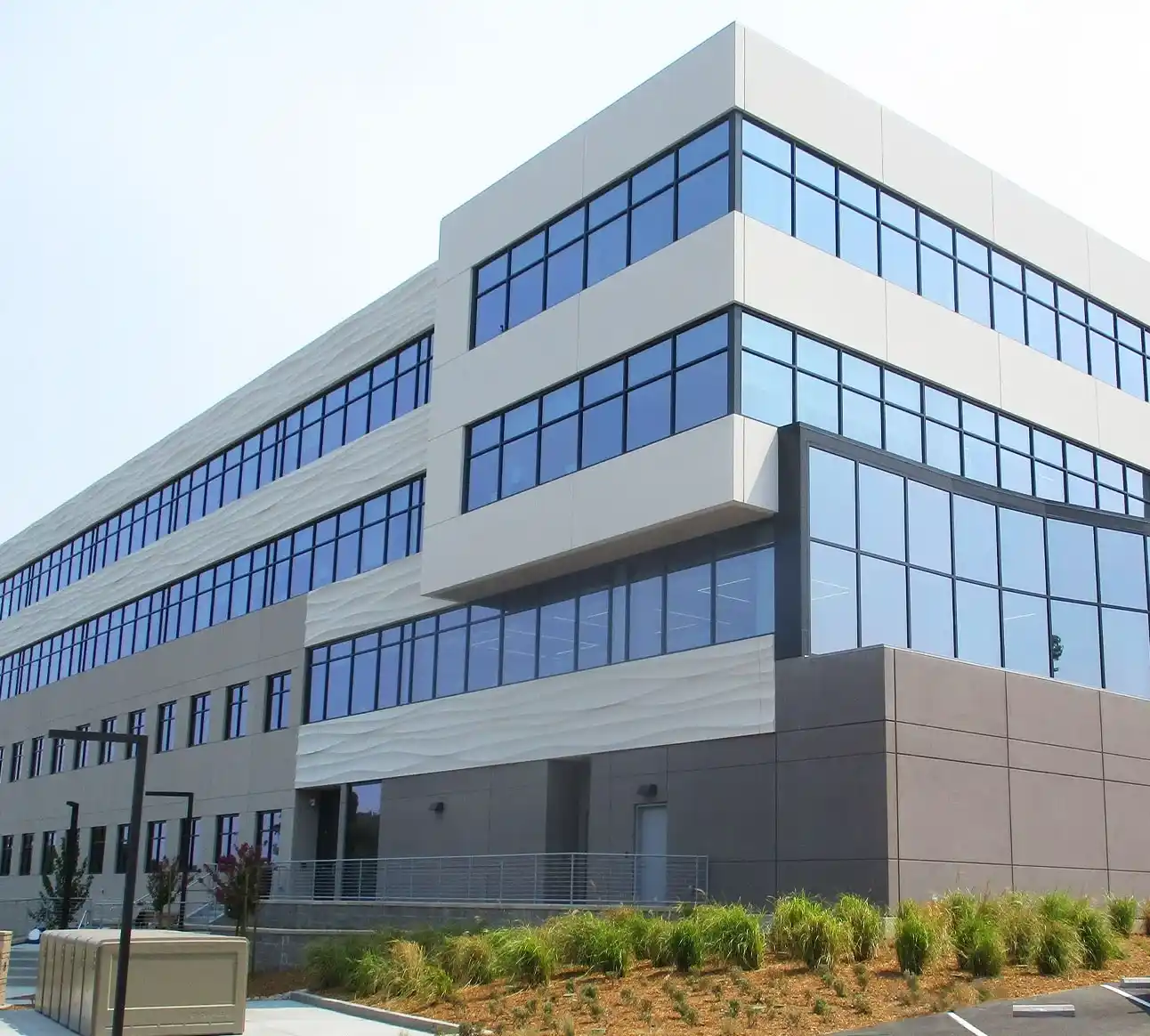- Industrial zone, South of Anping Town, Hengshui, Hebei, China.
- sales@hfpetromesh.com
- +86-18931809706
Steel Grating Cost Analysis and Market Trends for 2023
Understanding Steel Grating Prices Factors, Trends, and Applications
Steel grating is widely used in various industries for its durability, strength, and versatility. From industrial flooring to drainage covers, its applications are extensive. However, understanding the price of steel grating is essential for businesses and contractors looking to budget for projects. This article delves into the factors that influence steel grating prices, current trends, and its applications.
Factors Influencing Steel Grating Prices
1. Material Composition The type of steel used significantly impacts the price. Common materials include carbon steel, galvanized steel, and stainless steel. Galvanized steel, for instance, is treated to prevent corrosion, making it more expensive than untreated varieties.
2. Manufacturing Process The method of production—whether it's welded, molded, or pressed—can affect prices. Welded steel gratings, known for their strength and durability, often come at a premium due to their manufacturing complexity.
3. Design and Load Specifications Customized designs, such as ADA-compliant gratings or those designed for specific load capacities, can also increase costs. Heavy-duty gratings that can support greater weights will typically be more expensive than standard options.
4. Surface Treatment Additional treatments can enhance the grating's lifespan. Powder coating, for example, can improve aesthetic appeal and corrosion resistance, but this also adds to the overall cost.
5. Market Demand and Supply Like any commodity, the price of steel grating is subject to fluctuations in demand and supply. For instance, during construction booms, demand for steel products may surge, leading to higher prices.
6. Geographical Location Transport costs can also contribute to price variances. Regions closer to steel manufacturing hubs may see lower prices due to reduced shipping expenses.
steel grating price

Current Market Trends
As of late 2023, the steel market is experiencing some fluctuations due to global economic changes, trade policies, and the ongoing impact of the COVID-19 pandemic on supply chains. These factors have led to rising raw material costs, which in turn affect the price of finished steel products, including steel gratings.
Sustainability trends are also playing a role in the industry. There's a growing demand for recycled materials and sustainable manufacturing practices, which can influence pricing structures. Companies focusing on eco-friendly production may present higher upfront costs but can appeal to environmentally conscious customers.
Applications of Steel Grating
Steel grating serves various industries, and its applications are as diverse as its types. In construction, it’s commonly used for walkways, platforms, and stair treads due to its slip-resistant surface. In manufacturing and warehousing, it provides well-ventilated floors, enhancing visibility and airflow.
Additionally, steel grating is prevalent in wastewater treatment facilities, where it acts as an effective drainage solution. Its ability to withstand heavy loads makes it ideal for industrial environments that cater to heavy machinery.
Conclusion
In summary, understanding the factors that influence steel grating prices is crucial for effective project budgeting. From material composition to market trends, various elements collectively shape the pricing landscape. For those in industries reliant on steel grating, being aware of these factors can not only aid in making informed purchasing decisions but also in exploring sustainable practices that may affect future pricing models. As the landscape continues to evolve, keeping abreast of market trends and technological advancements will be vital for capitalizing on opportunities within this essential sector.
-
The Power of Pyramid Shaker Screen - A 3-Dimensional SolutionNewsOct.24,2024
-
Exploring the Versatility and Durability of Steel GratingNewsOct.24,2024
-
Revolutionizing Drilling Efficiency with Steel Frame Shaker Screens for Mud Shale ShakersNewsOct.24,2024
-
Potential of Shale Shaker ScreensNewsOct.24,2024
-
Offshore Pipeline Counterweight Welded Mesh - Reinforced Mesh in Marine EngineeringNewsOct.24,2024
-
Revolutionizing Offshore Pipeline Stability with Concrete Weight Coating MeshNewsOct.24,2024
